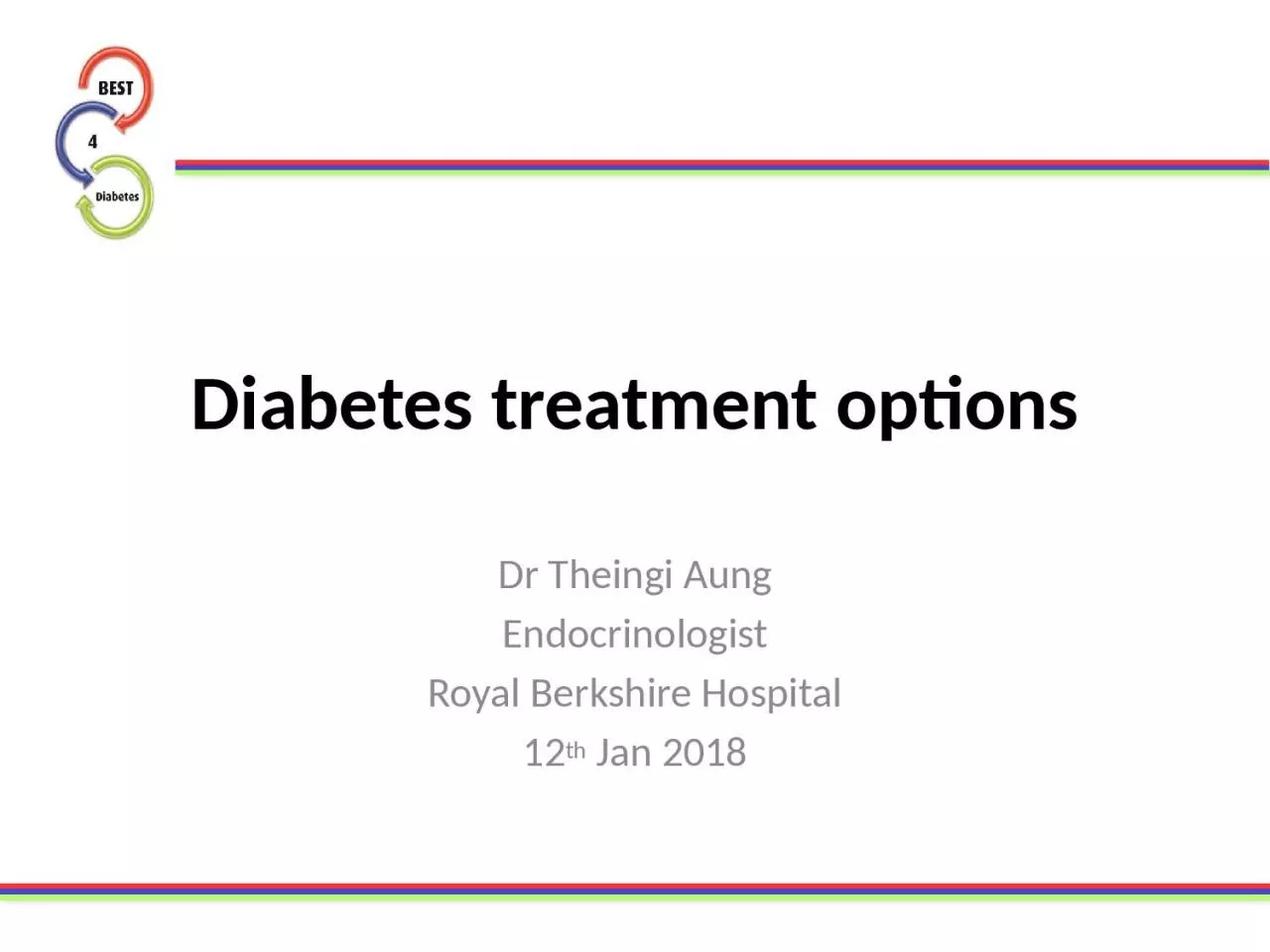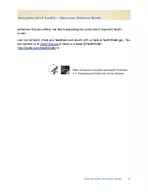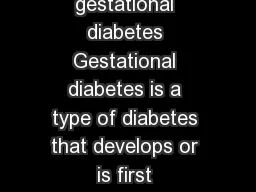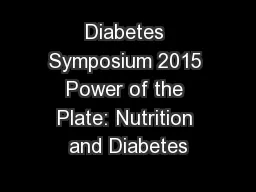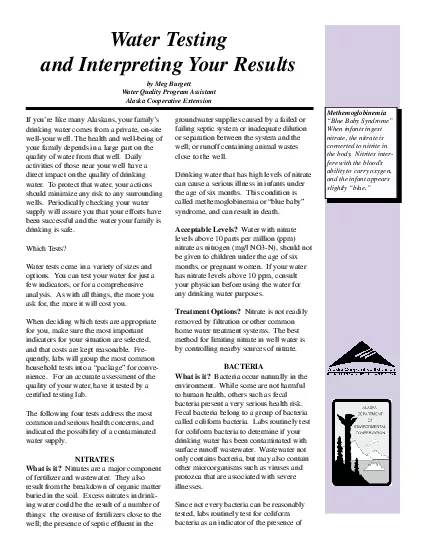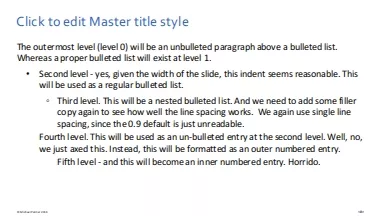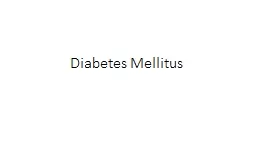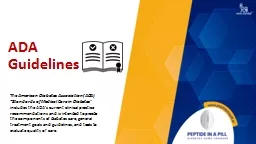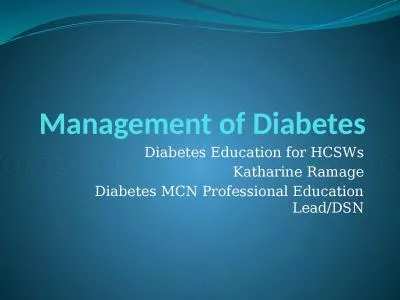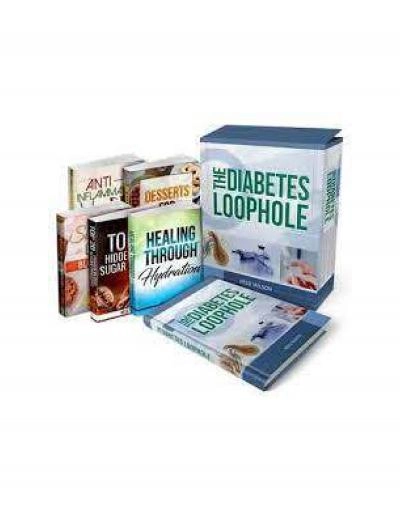PPT-Diabetes treatment options
Author : StarDust | Published Date : 2022-08-04
Dr Theingi Aung Endocrinologist Royal Berkshire Hospital 12 th Jan 2018 What would your ideal diabetes drug do Effective in lowering HbA1c No hypoglycaemia No effect
Presentation Embed Code
Download Presentation
Download Presentation The PPT/PDF document "Diabetes treatment options" is the property of its rightful owner. Permission is granted to download and print the materials on this website for personal, non-commercial use only, and to display it on your personal computer provided you do not modify the materials and that you retain all copyright notices contained in the materials. By downloading content from our website, you accept the terms of this agreement.
Diabetes treatment options: Transcript
Download Rules Of Document
"Diabetes treatment options"The content belongs to its owner. You may download and print it for personal use, without modification, and keep all copyright notices. By downloading, you agree to these terms.
Related Documents

